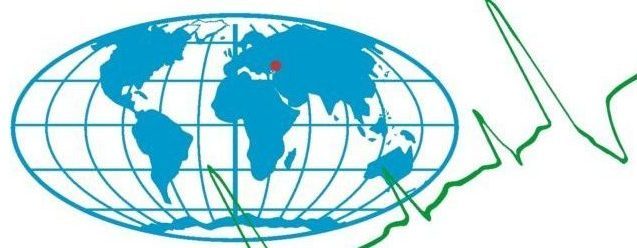V.I. Istomin1, A.G. Klimenko1, S.E. Tverskaya2, V.V. Khlebnikova2
1Institute of Natural and Technical Systems, RF, Sevastopol, Lenin St., 28
E-mail: v-istomina@mail.ru
2Sevastopol State University, RF, Sevastopol, Universitetskaya St., 33
DOI: 10.33075/2220-5861-2022-2-46-50
UDC 629.12.03:628.33
Abstract:
Monitoring the efficiency of cleaning oily waters in ship devices and equipment is carried out by various methods.
As a result of the analysis of various methods and devices for determining the concentration of petroleum products in purified water of ships, it was found that the existing methods and devices do not fully meet the requirements of the International Convention for the Prevention of Pollution from Ships MARPOL 73/78.
In addition, existing methods for determining the concentration of petroleum products in purified water in the stream (that is, at the outlet of the filtering equipment are a function not only of the concentration of petroleum products in the water, but also of the physicochemical properties of the water itself (turbidity, salinity, etc.)).
In order to simplify the process of measuring the concentration of petroleum products in purified water, which is quite expensive, time-consuming and difficult, an express method is proposed for assessing the content of petroleum products in purified water, which does not require significant time and costs and allows you to quickly disconnect the concentration of petroleum products in purified water during the operation of filtering equipment and during experimental studies.
The express method of measuring the concentration of petroleum products in water consists in determining the capacitance of a capacitor with a variable dielectric thickness, which is a film of petroleum products with a known dielectric constant. Oil product is displaced from the sample volume to the surface by centrifugation.
The advantages of the method are its ease of measurement, low time consumption during analysis and satisfactory measurement accuracy compared to other known methods.
Keywords: oily waters, measurement of the concentration of oil products in water, sampling device, express method for monitoring oil products in water.
To quote:
REFERENCES
- Zubrilov S.P. Ohrana okruzhayushchej sredy pri ekspluatacii sudov (Environmental protection during the operation of vessels). Leningrad: Sudostroenie, 1989, 256 p.
- Istomin V. I. Kompleksnaja ochistka sudovyh neftesoderzhashhih vod (Integrated treatment of marine oily waters). Sevastopol: SevNTU, 2004, 202 p.
- Kasilov Ju.I. Nauchnye osnovy i principy organizacii monitoringa zagrjaznenija morskoj sredy. Sovremennoe sudohodstvo i morskoe obrazovanie (Scientific Basis and Principles for Marine Pollution Monitoring). Modern Shipping and Maritime Education, materials of the international scientific and technical conference, Odessa: ONMA, 2004, pp. 36-37.
- Mezhdunarodnaja konvencija po predotvrashheniju zagrjaznenija s sudov 1973 goda i Protokol 1978 goda (International Convention for the Prevention of Pollution from Ships, 1973 and Protocol, 1978), Moscow: CRIA “Morflot”, 2013, 761 p.
- Signalizatory nefteproduktov v neftesoderzhashhih vodah sudov i tehnologicheskih vodah predprijatij tipa “Fljuorat-411” (Oil product alarms in oily waters of vessels and process waters of “Fluorat-411” type enterprises). Pasport. 411.00.00.00 PS. Ljumeks, 1998, 35 p.
- Ivanova I.A. Sredstva ochistki zhidkostej na sudah (Means of cleaning liquids on ships), Leningrad: Sudostroenie, 1984, 272 p.
- Hapaev V.M. and Istomin V.I. Razdelenie neftevodjanyh jemul’sij v otstojnikah s granulirovan-nym napolnitelem (Separation of oil-water emulsions in granular filled sedimentation tanks). Himija i tehnologija topliv i masel, 1986, No. 3, pp.15–16.
![]()
